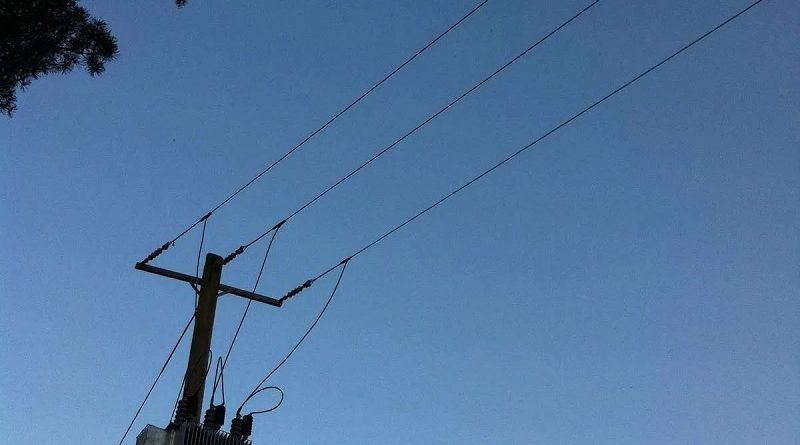Singapore Firm To Build US$1.7 billion Coal Power Plant In Laos
Source: aseantoday
The Lao government has approved a Singapore energy firm’s plan to develop a new US$1.7 billion thermal power plant in southern Laos’ Sekong province. Evolution Power Investment Corporation (EPIC) signed an agreement with Lao firm Khounmixay Bridge and Road Construction and Repair Company (KMX) to conduct a feasibility study for the project.
The plant will reportedly produce 1,000 megawatts (MW) of power and will likely be powered by coal, as reports say the study will consider two boiler technologies that are usually used with coal. The plant will reportedly run on “domestically-extracted fuel sources,” “adding value to local natural resources.”
Laos has reserves of an estimated 600-700 million tons of coal, primarily lignite, one of the most heavily pollutant sources of energy in the world. The new plant’s developers have already acknowledged the potential devastating impacts of the project, raising questions about why the Lao government has decided the project is worth the cost.
“Thermal power has and will play an important part in the power generation mix for the ASEAN region and given the global headwinds against thermal power in terms of its environmental impact, it is critical that the latest technologies be used to minimize such impact,” said KMX Vice President Khamthanh Phommathat.

Say goodbye to sugar and calories, and hello to fresh sparkling hydration at home or on-the-go !
The feasibility study for the Sekong plant will focus on the economic, social, and environmental viability of the project. As large-scale development projects in Laos often lack transparency, the details and processes during the feasibility study will be critically important.
Singapore-backed plant to become Laos’ second coal power project
Laos currently operates only one major thermal power plant, the 1,878 MW Hongsa lignite coal-fired plant located near the Thai province of Nan. Local residents across the border in Thailand have seen major impacts on their farms, water and environment from pollution that may be due to the Hongsa plant. It has also been the subject of land grab controversies, with thousands of residents reportedly losing land and receiving little compensation.
The Hongsa plant accounts for around a third of Laos’ total energy production, but nearly all of its power is exported to Thailand. The plant is 80% Thai-owned, with backing from nine Thai banks. The new plant will reportedly export power to Thailand, as well as Vietnam and Cambodia.
“We are extremely excited to have reached this important milestone for the development of our flagship project with the Lao government and believe we can make a significant contribution to not only the country’s energy sector, but also regional markets as well given the significant shortfall in baseload energy supply such as in Vietnam,” said EPIC Executive Director Don Lim at the signing ceremony for the memorandum of understanding (MOU) between EPIC and KMX.
The announcement of the new Sekong plant also comes nine months after Laos signed a deal with Cambodia to export coal power. Under the deal, Cambodia will purchase power from a planned 1,800 MW coal power plant run by Xekong Thermal Power Plant Company Limited, according to government-aligned online news site Fresh News, as well as 600 MW from a plant run by TSBP Sekong Power and Mineral Company Limited.

Mines, power plants and power infrastructure involved in the deal will reportedly cost nearly US$5 billion. Power plants involved in the September deal were slated to go online in 2024 and be fully operational by 2027. It’s unclear if the recently announced Singapore-backed Sekong plant will be part of one of the commitments under the deal.
New plan helps Laos push coal alongside hydropower
The majority of Laos’ current power development plans focus on dams, with plans to export 20,000 MW from hydropower by 2030. Laos has already completed two large dams on the mainstream of the Mekong River—the Xayaburi dam and the Don Sahong dam.
The planned dams, including the recently-announced Luang Prabang dam, have drawn significant opposition for their potential to destroy the food supplies and livelihoods of the 60 million people who rely on the Mekong. Many say the dams already built and under construction on the Lower Mekong played a significant role in last year’s record-breaking drought.
New research has shown that the completed dams on China’s portion of the Mekong, which it calls the Lancang, trapped almost all of the river’s flow in 2019 and prevented it from reaching communities and ecosystems downstream in Vietnam, Cambodia, Thailand and Laos. Cambodia has announced a moratorium on Mekong dams until 2030 so the impacts of hydropower development in the basin can be assessed.
When the coal power deal between Laos and Cambodia was announced last September, it was met with significant opposition over its environmental impacts and the lack of information about the power plants involved. As the new Sekong project goes forward and the firms carry out the feasibility study, there will be similar questions about what the power plant would mean for southern Laos’ environment and the people who depend on it for their food and livelihoods.

